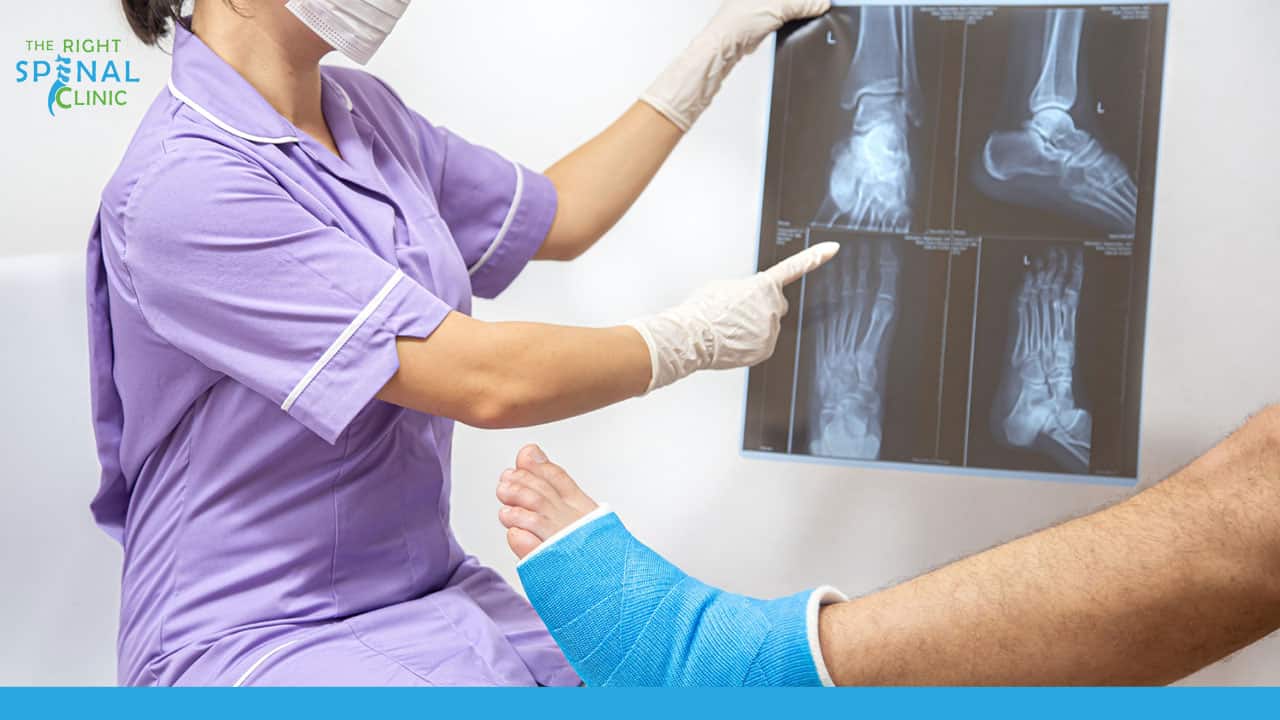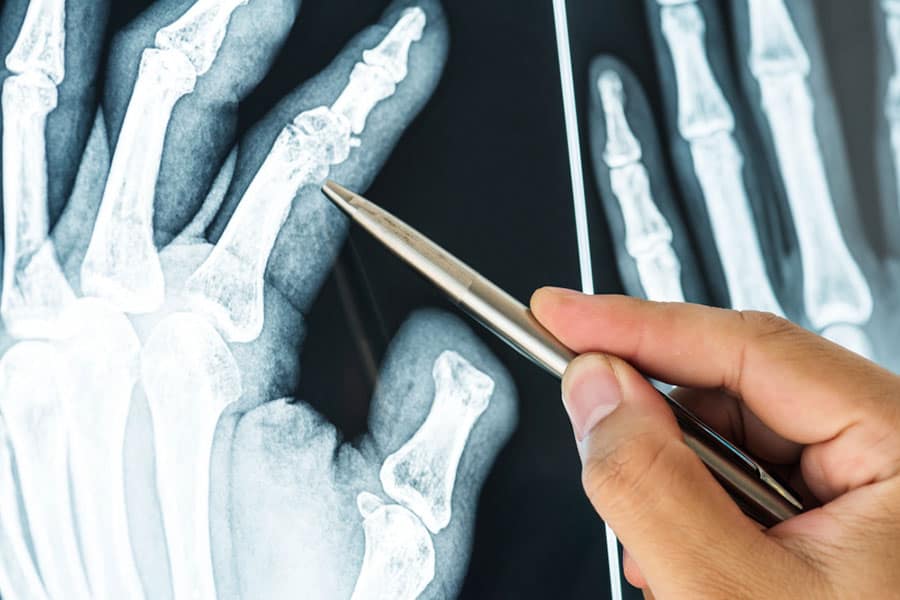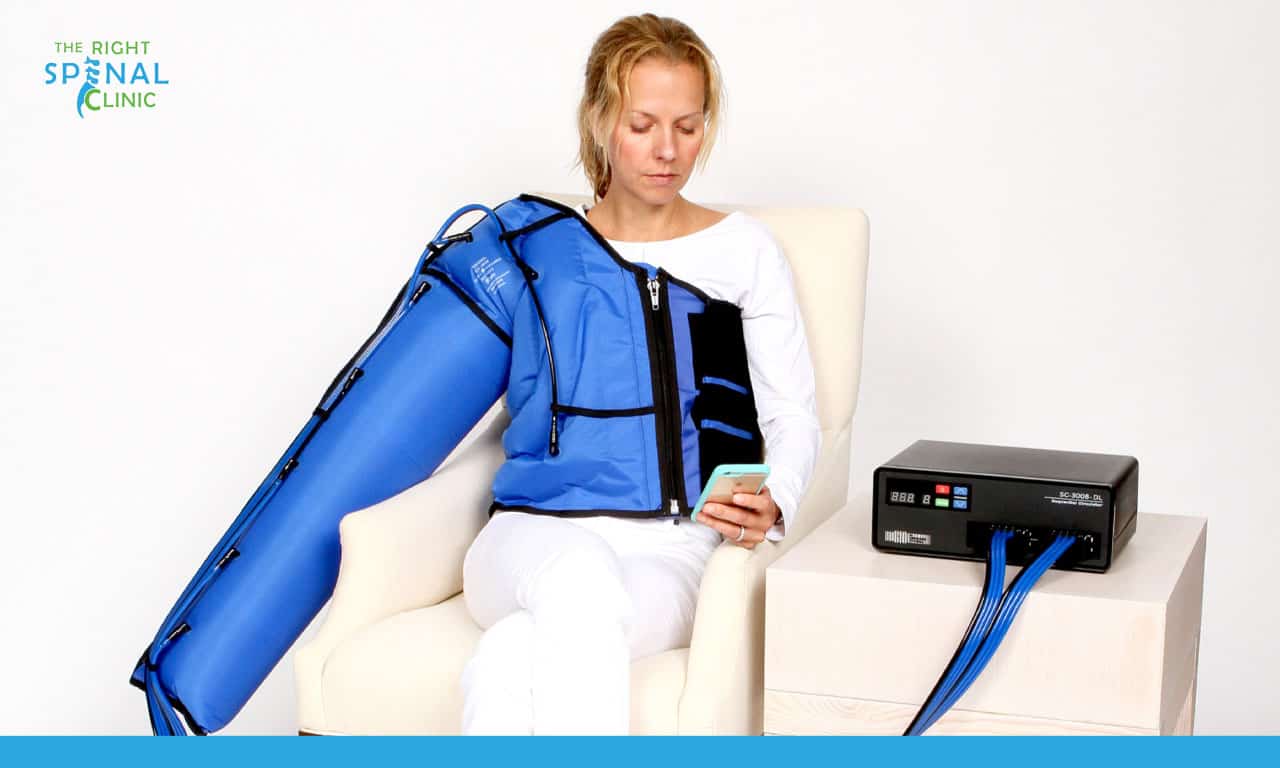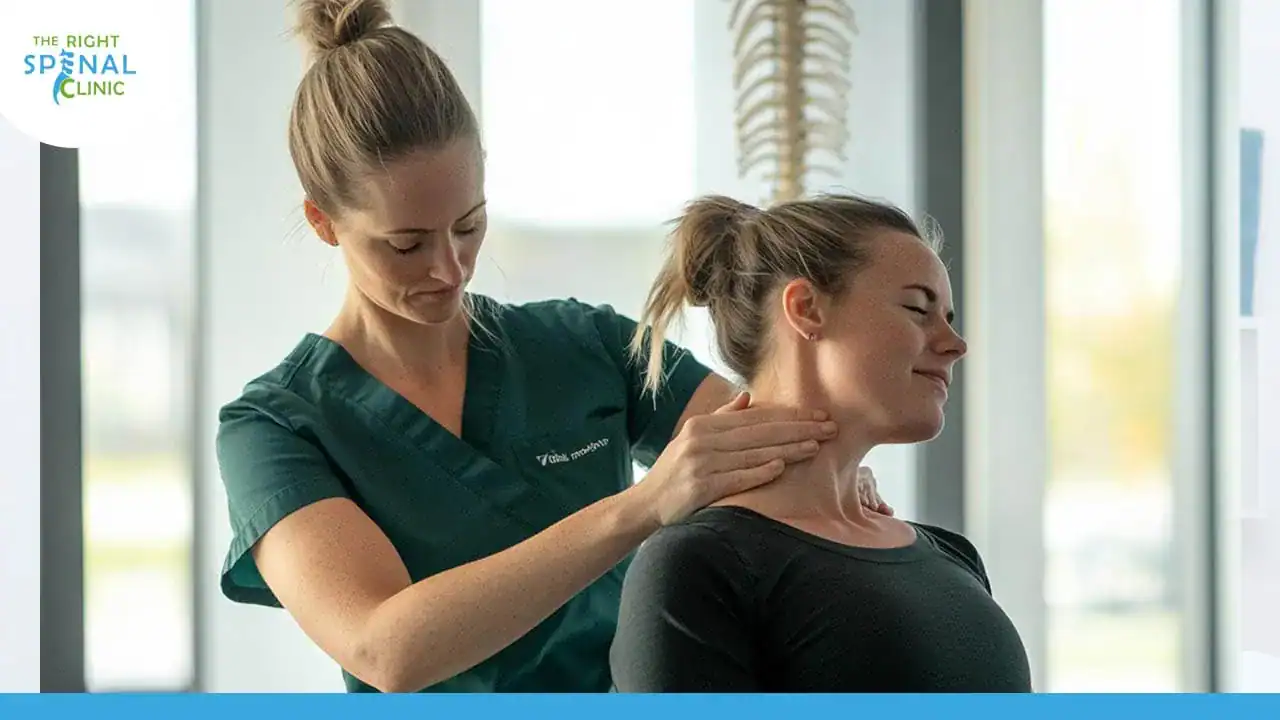
A broken bone isn’t something anyone wants to deal with because it can quickly put your life on hold. When a fracture occurs, your treatment could involve splinting, a cast, surgery in severe cases, and physical therapy in Tampa.
At The Right Spinal Clinic, we aim to get your broken bone on the path to healing and get you back to your normal activities as soon as possible.
Keep reading to know the most common types of bone fractures and the importance of physical therapy to recover faster.
Open Fracture
When a fractured bone breaks through the skin, it is considered an open fracture. The broken bone is sometimes visible through the wound. Open fractures can become infected and need surgical cleaning and treatment as soon as possible.
Open fractures are typically treated through surgery. Treatment starts with debridement, in which all foreign objects and diseased tissue are removed from the wound. Once the wound is clean, rods and screws are implanted in the bone to hold it in place while it heals.
Closed Fracture
Closed fractures don't penetrate the skin or carry a similar risk of infection compared to open fractures. While closed fractures aren't usually considered as serious, they still require immediate treatment. The damage from these fractures can damage the surrounding soft tissue, resulting in fracture blisters. A fracture blister can form within two days of the injury if not treated.
There are various treatment options for fractures depending on the severity of the injury. An imaging test is performed to evaluate the damage and plan treatment. Immobilizing the injured area using a cast is the most common treatment, but surgery for bone realignment may also be needed.
Partial Fracture
A partial fracture is an incomplete breakage of a bone where it bends and only partially breaks. Because the bone didn't break into 2 or more pieces, this is the best-case scenario for a fracture. After having X-rays, your physician will determine whether only a splint is needed or whether a cast is necessary.
Complete Fracture
During a complete fracture, the bone has completely broken into 2 or more pieces. It is marked by a total separation that is classified according to the position of the breakage:
- Transverse fracture, where the breakage is straight across the bone perpendicularly
- Longitudinal fracture, where the breakage is lengthwise, down the middle
- Comminuted fracture, where the bone is broken into more than 2 pieces (bone fragments)
Stable Fracture
A bone that is broken but with minimal damage. The ends of the bones line up, nearly matching, allowing for easier healing than with more severe fractures.
Displaced Fracture
In a displaced fracture, the broken bone snaps so far out of place that the two ends no longer line up straight. This makes it more challenging to treat a bone fracture with immobilization alone, and surgery is usually required.
Various bone fracture types can be open, closed, stable, displaced, partial, or complete.
Transverse Fracture
Transverse fractures are breakages that are in a straight line across the bone. This type of fracture is usually caused by traumatic events like falls or car accidents.

Spiral Fracture
As the name suggests, this kind of fracture spirals around the bone. Spiral fractures occur in the long bones of the body, usually in the femur, tibia, or fibula in the legs. They can also occur in the long bones of the arms. Spiral fractures are usually caused by twisting injuries sustained during sports activities, during a physical attack, or in an accident.
Greenstick Fracture
A type of partial fracture that happens mostly in children since their bones are softer and more flexible. The bone bends and breaks but doesn't separate into 2 separate pieces.
Stress Fracture
Stress fracture, also called a hairline fracture, looks like a hairline crack and can be hard to diagnose bone fractures with regular X-rays. Stress fractures are often due to repeated stress, such as running.
Compression Fracture
When the bones are crushed, it is called a compression fracture. The broken bone will be broader and flatter than before the injury. Compression fractures often occur in the spine and can cause your vertebrae to collapse. A type of bone condition called osteoporosis is the most common cause of a compression fracture.
Oblique Fracture
An oblique fracture is when the breakage is diagonal across the bone. This type of fracture occurs most often in long bones. Oblique fractures may result from a sharp blow from an angle due to a fall or other trauma.
Impacted Fracture
An impacted fracture occurs when the broken ends of the bone are driven together by the force of the injury, which causes the fracture.
Segmental Fracture
The same bone is fractured in two places, leaving a "floating" segment of bone between the two breaks. These fractures mostly occur in long bones, such as the legs. A segmental fracture may take longer to heal or cause complications.
Comminuted Fracture
The bone is broken into three or more pieces. There are also bone fragments present at the fracture site. This type of bone fracture occurs when there is a high-impact trauma, such as an automobile accident.
Avulsion Fracture
A fragment is pulled off the bone by a tendon or ligament. These types of bone fractures are most common in children. Sometimes a child's ligaments can stretch hard enough to cause a growth plate to fracture.
How Physical Therapy Can Help a Fracture
After a fracture, your broken bone needs to be immobilized for it to heal. Due to the immobilization, the area of the fracture may lose some mobility, making it hard to get back to your activities.
Physical Therapy for a fracture is necessary because it helps you to recover faster and can help you deal with any damage to the nerves or joints caused by your broken bone. This allows you to regain your full range of motion after therapy is completed.
If you’ve suffered a fracture and need treatment and physical therapy to get back on your feet, call us now at (813) 392-2164 to schedule an appointment! We also accept walk-ins with NO WAITING TIME!
Recent Posts










